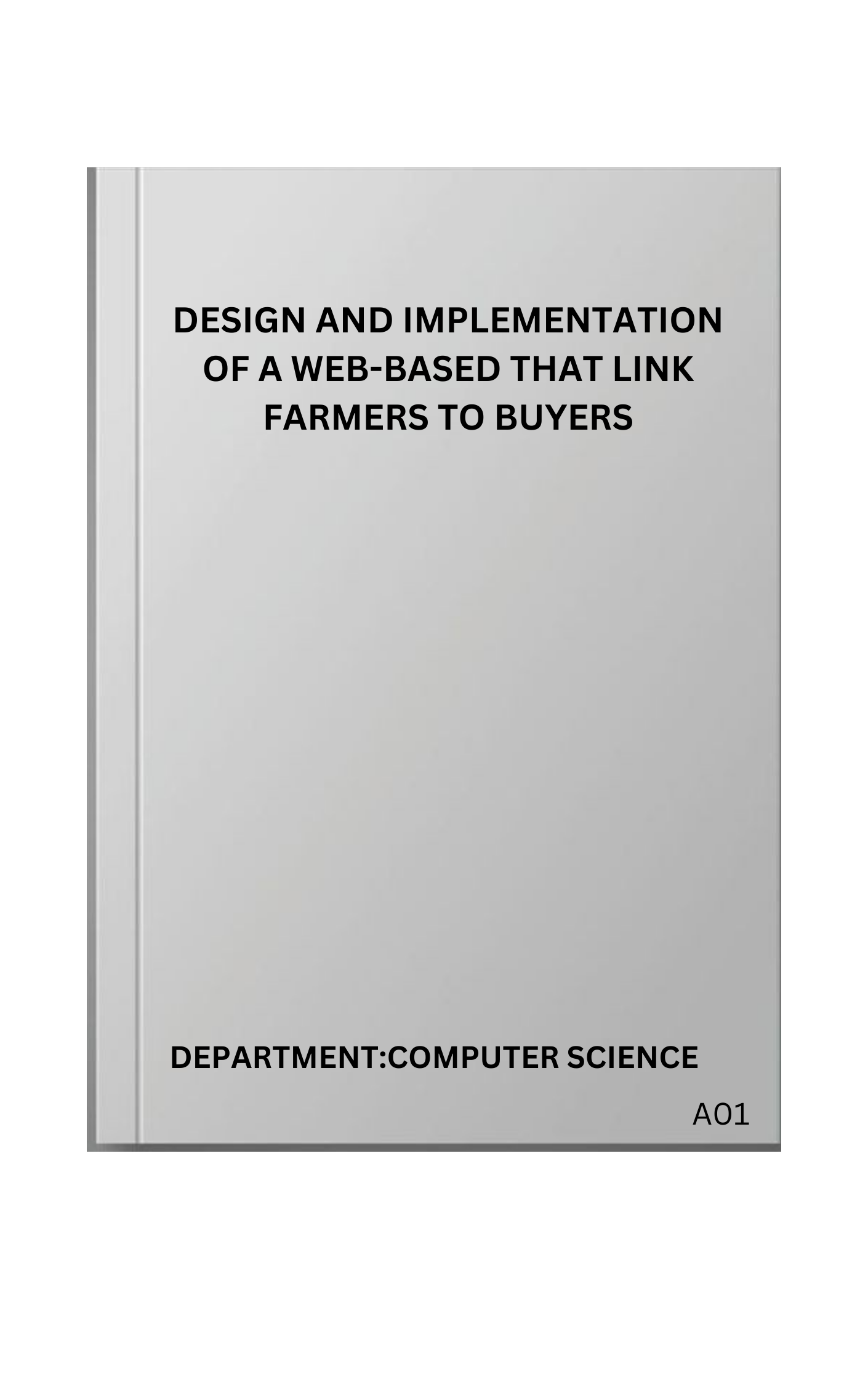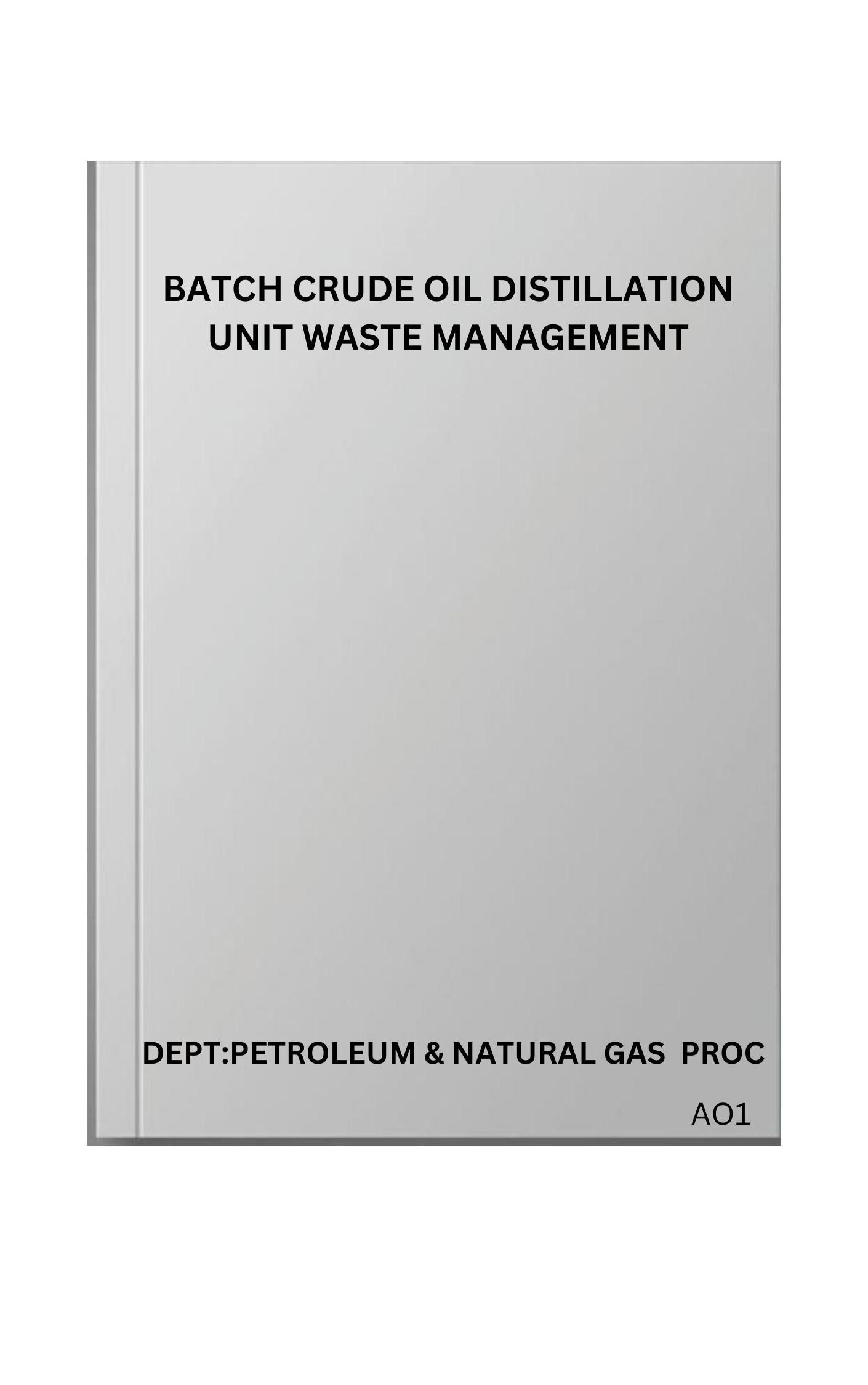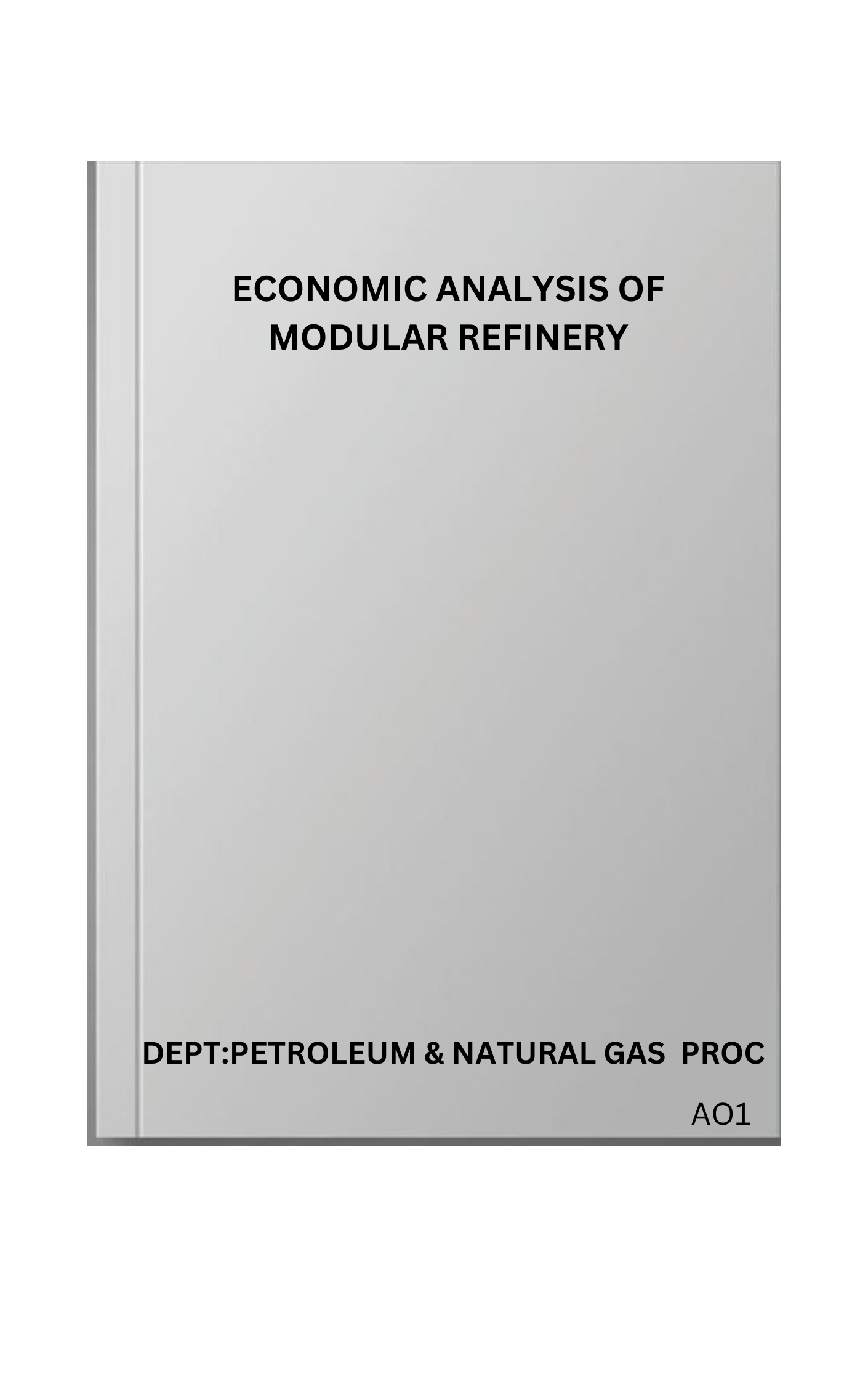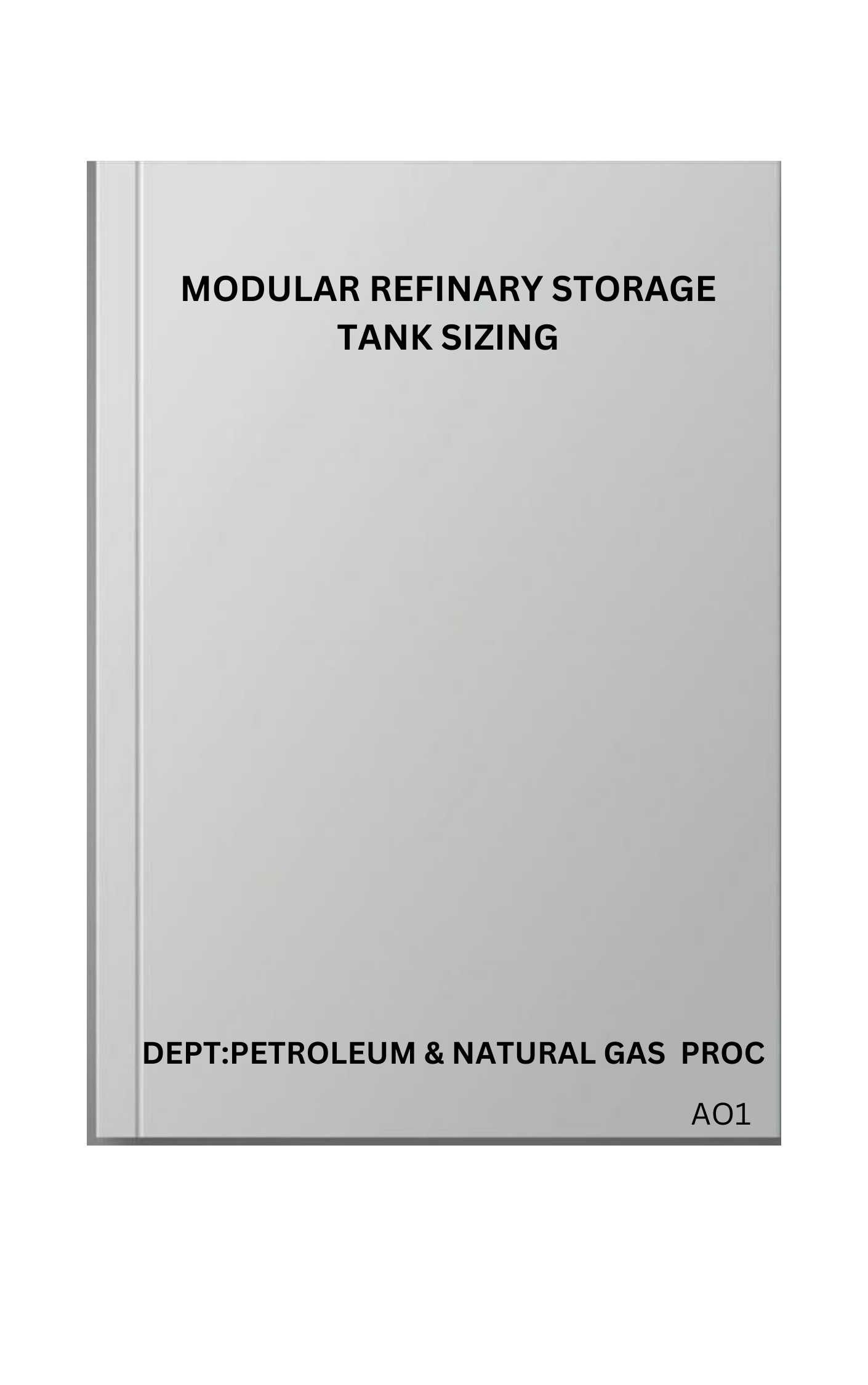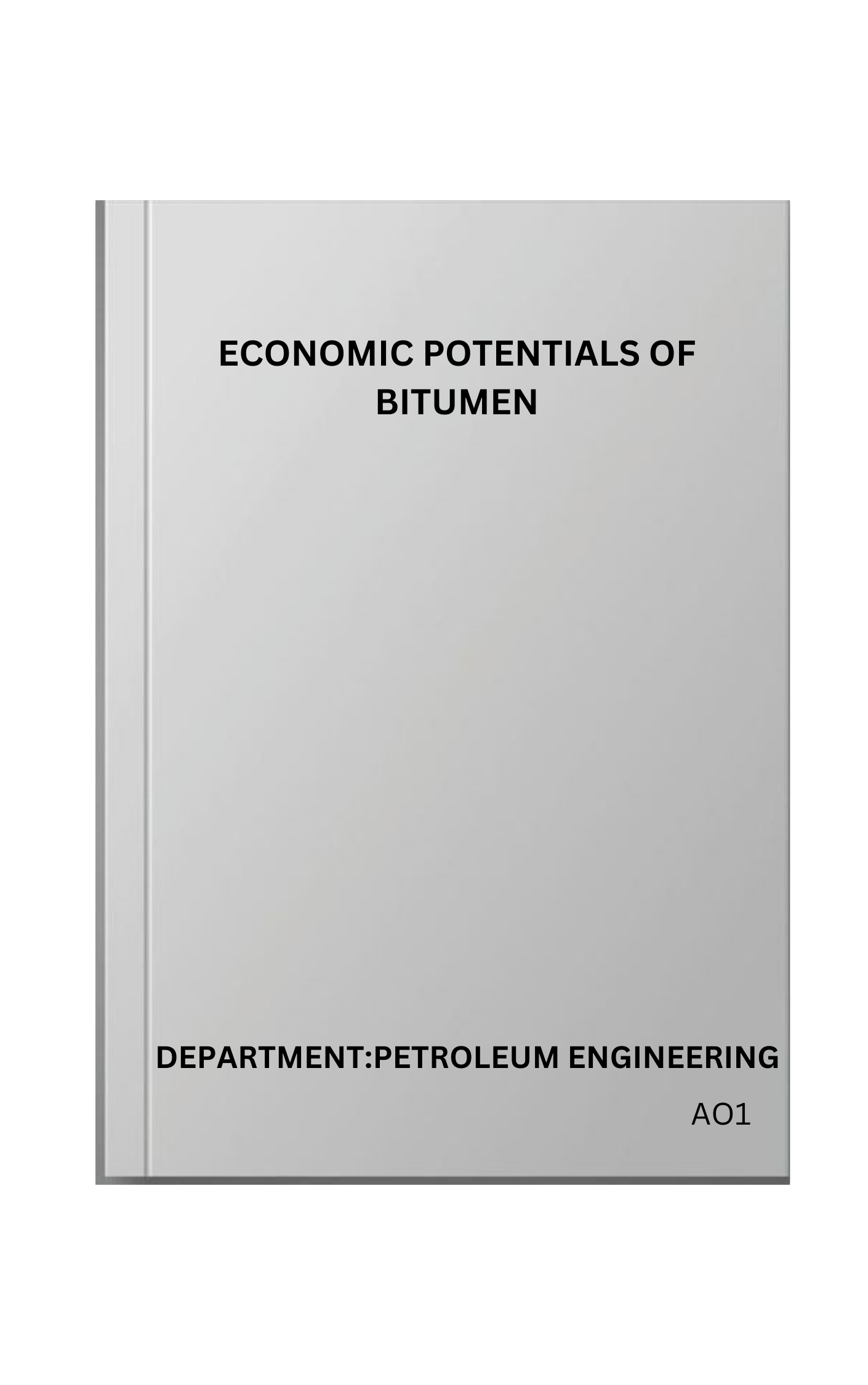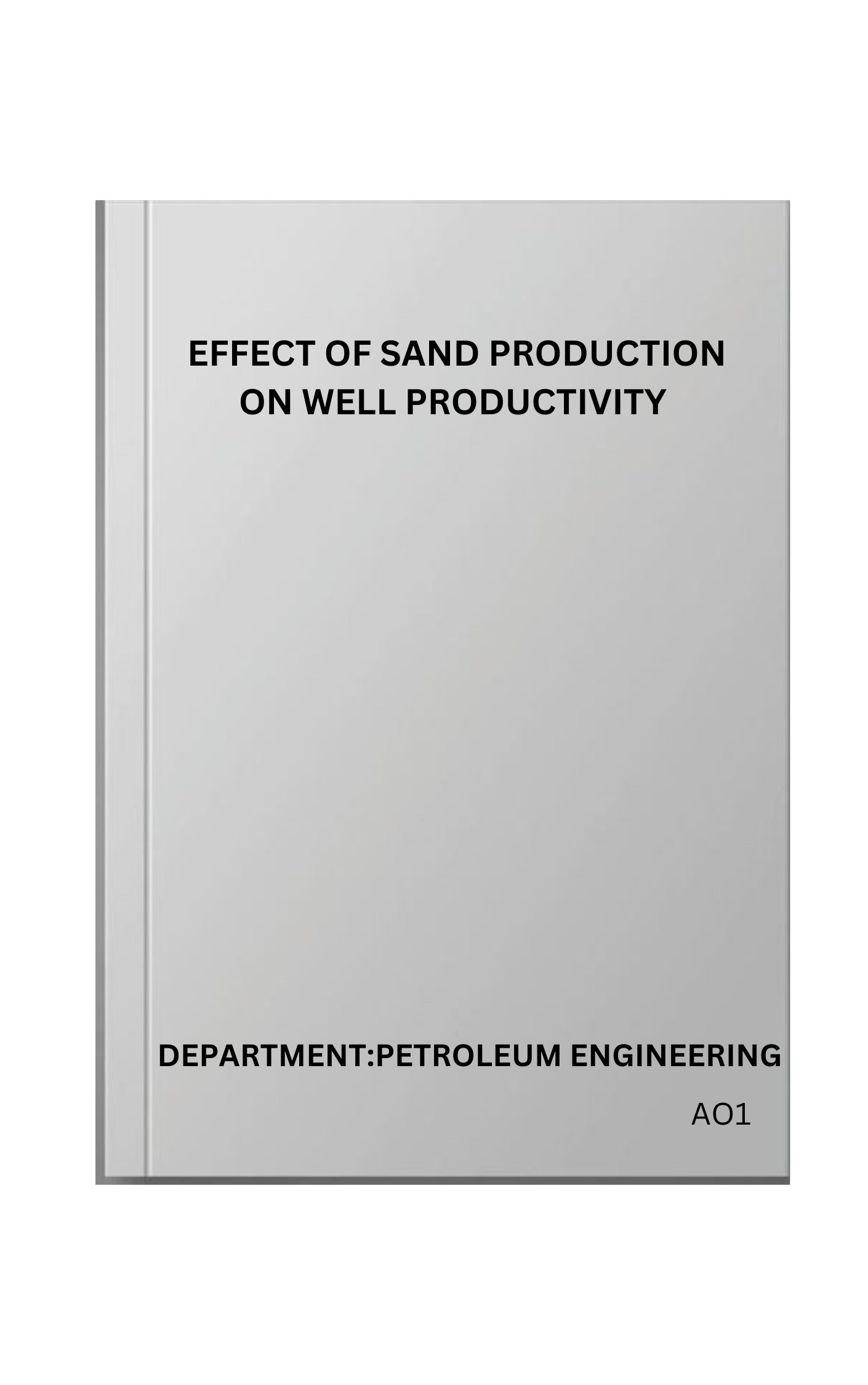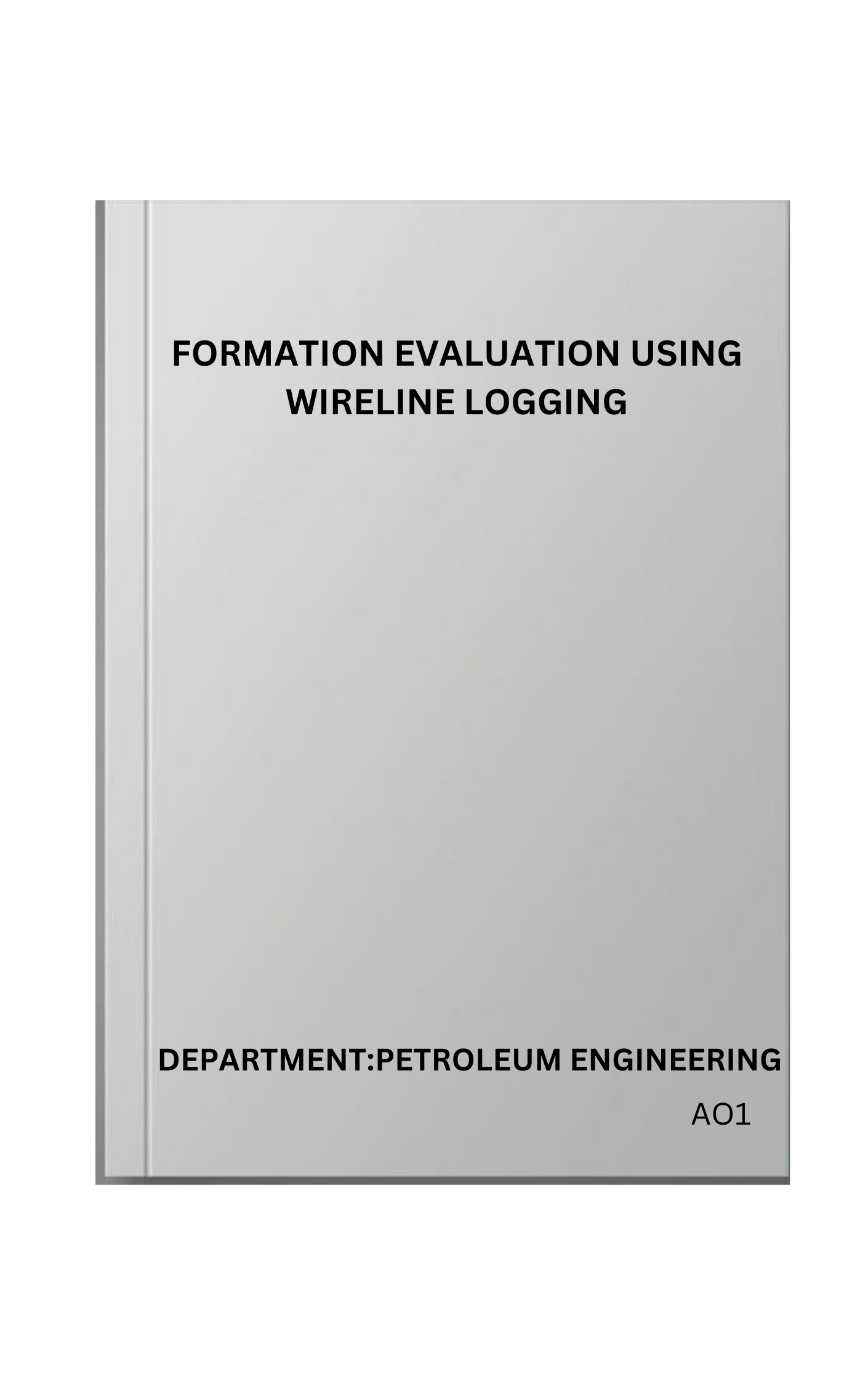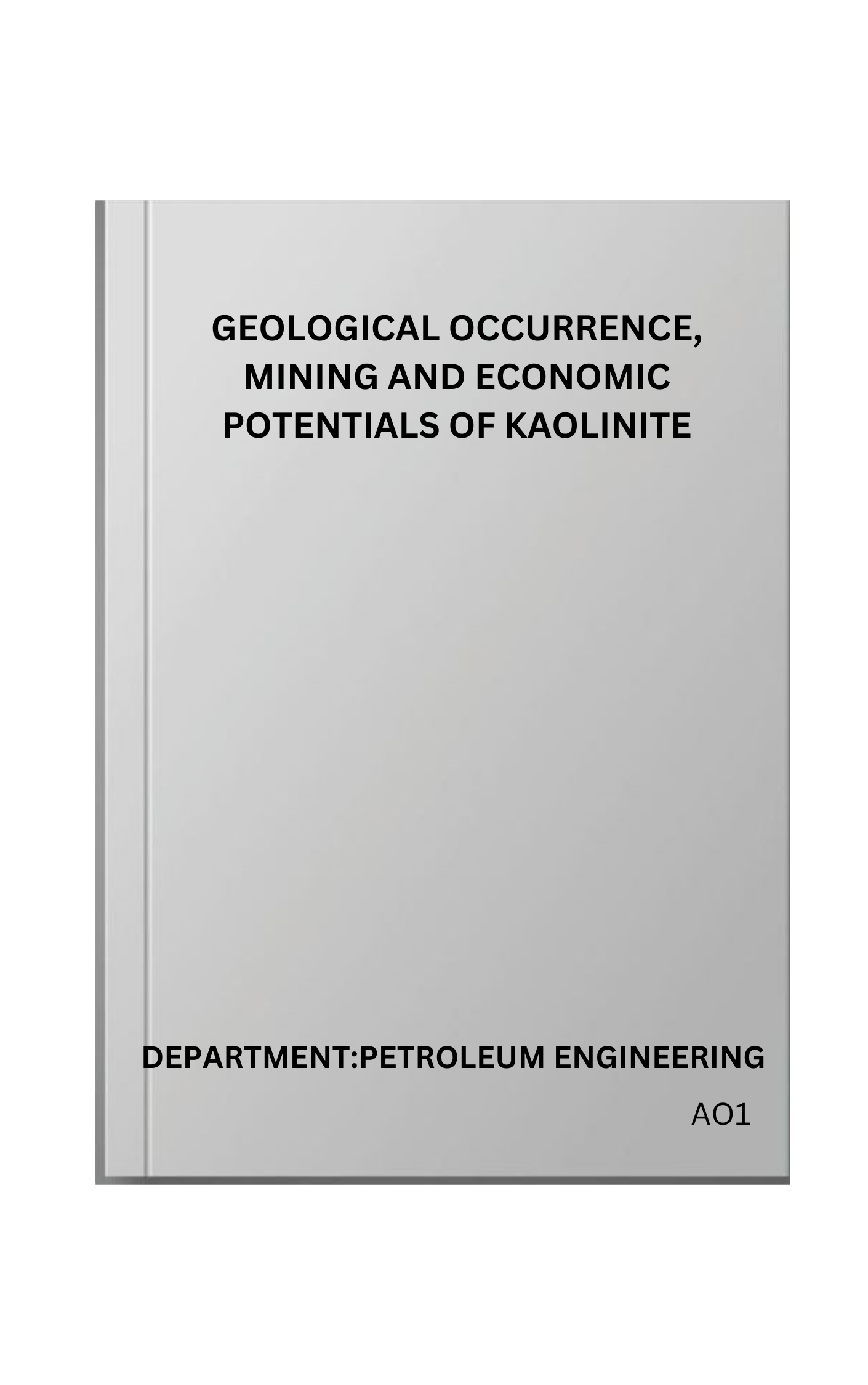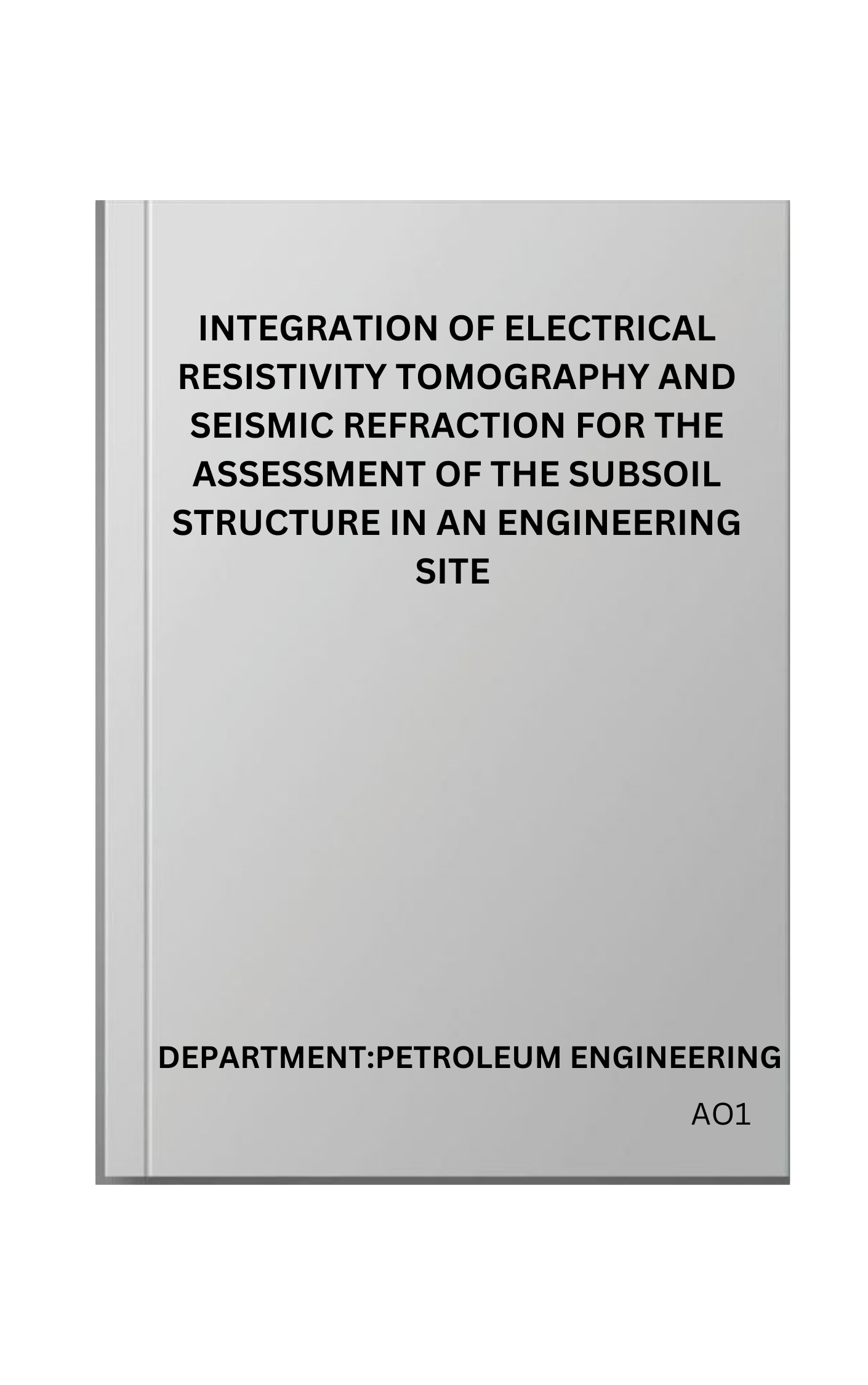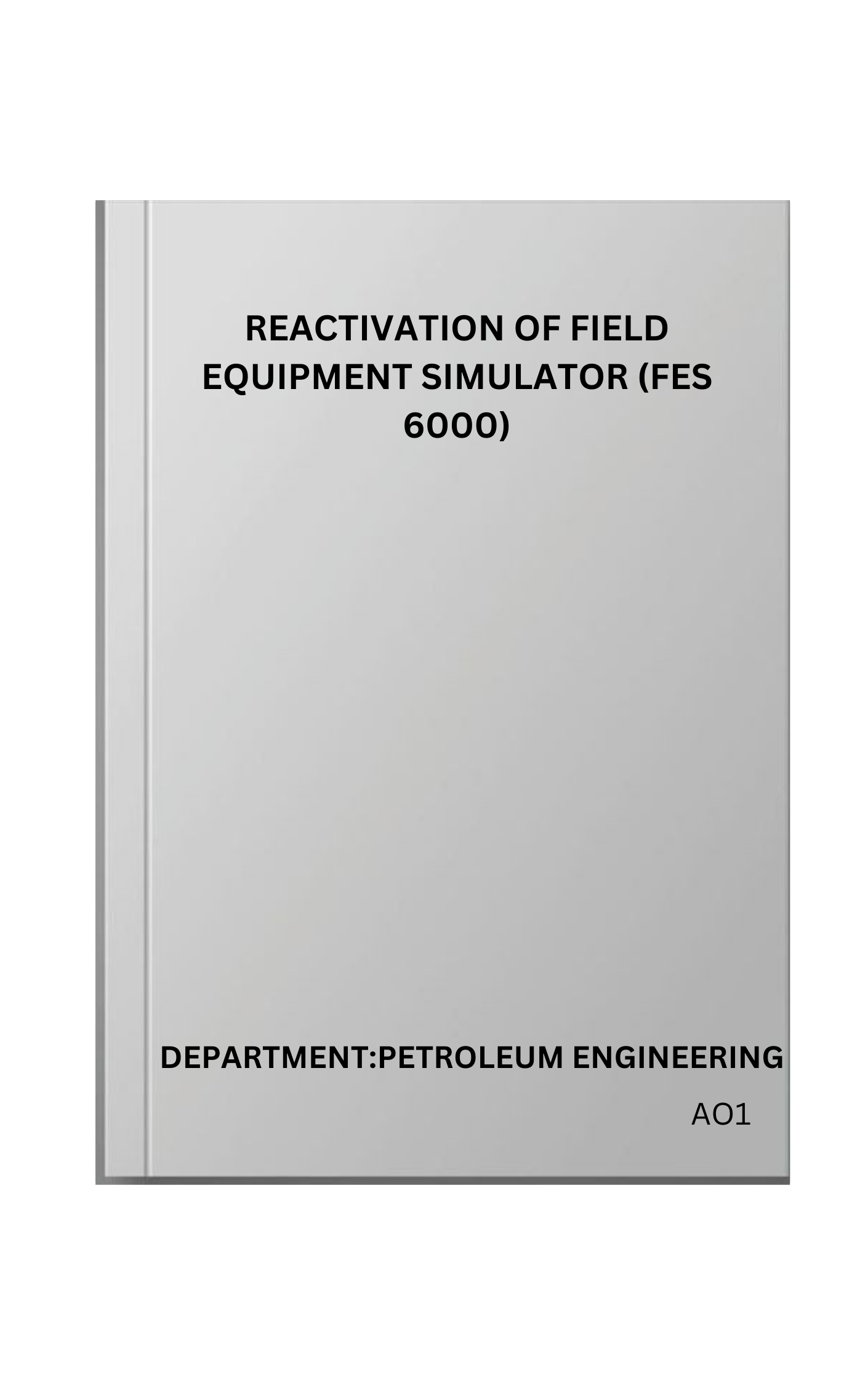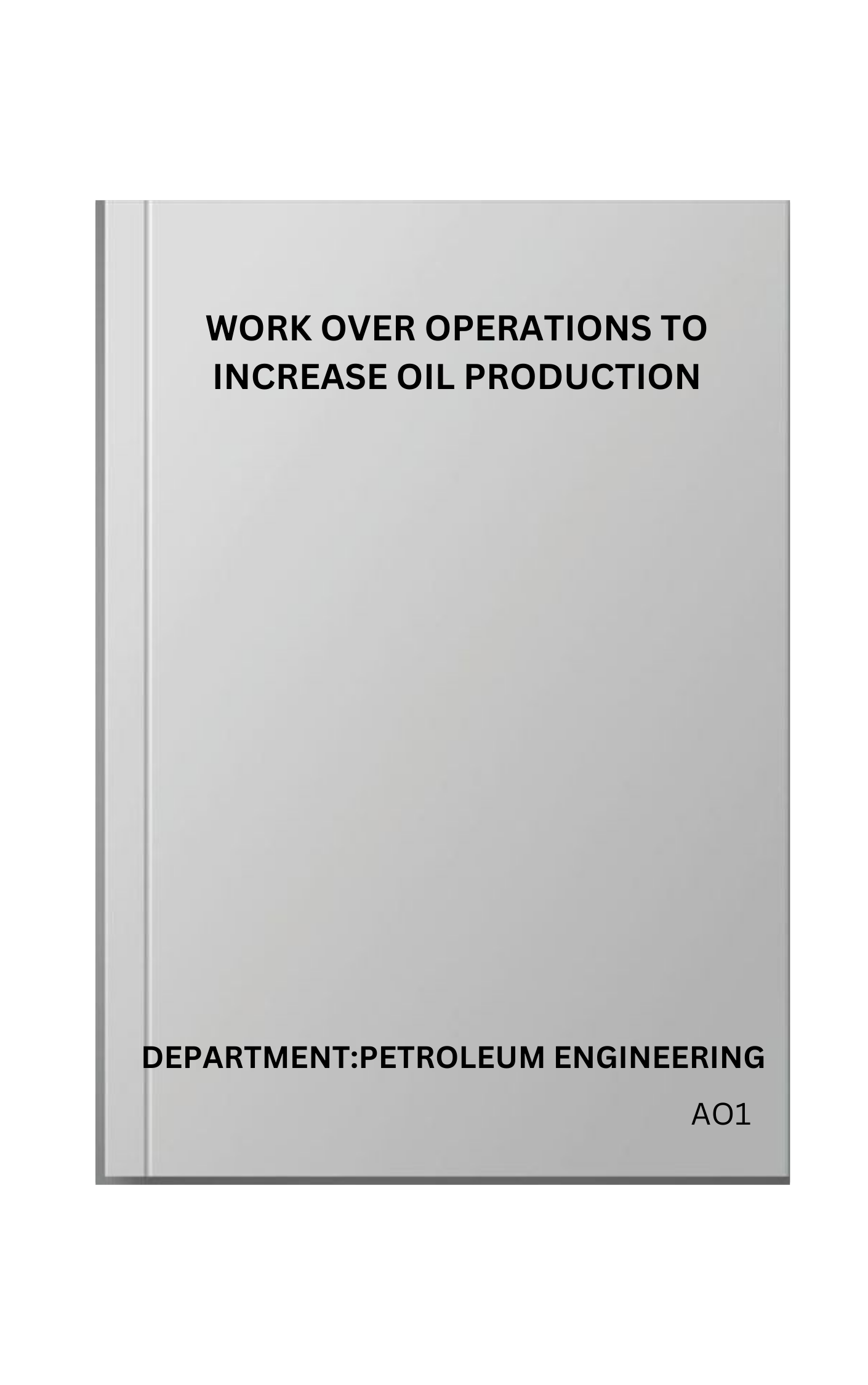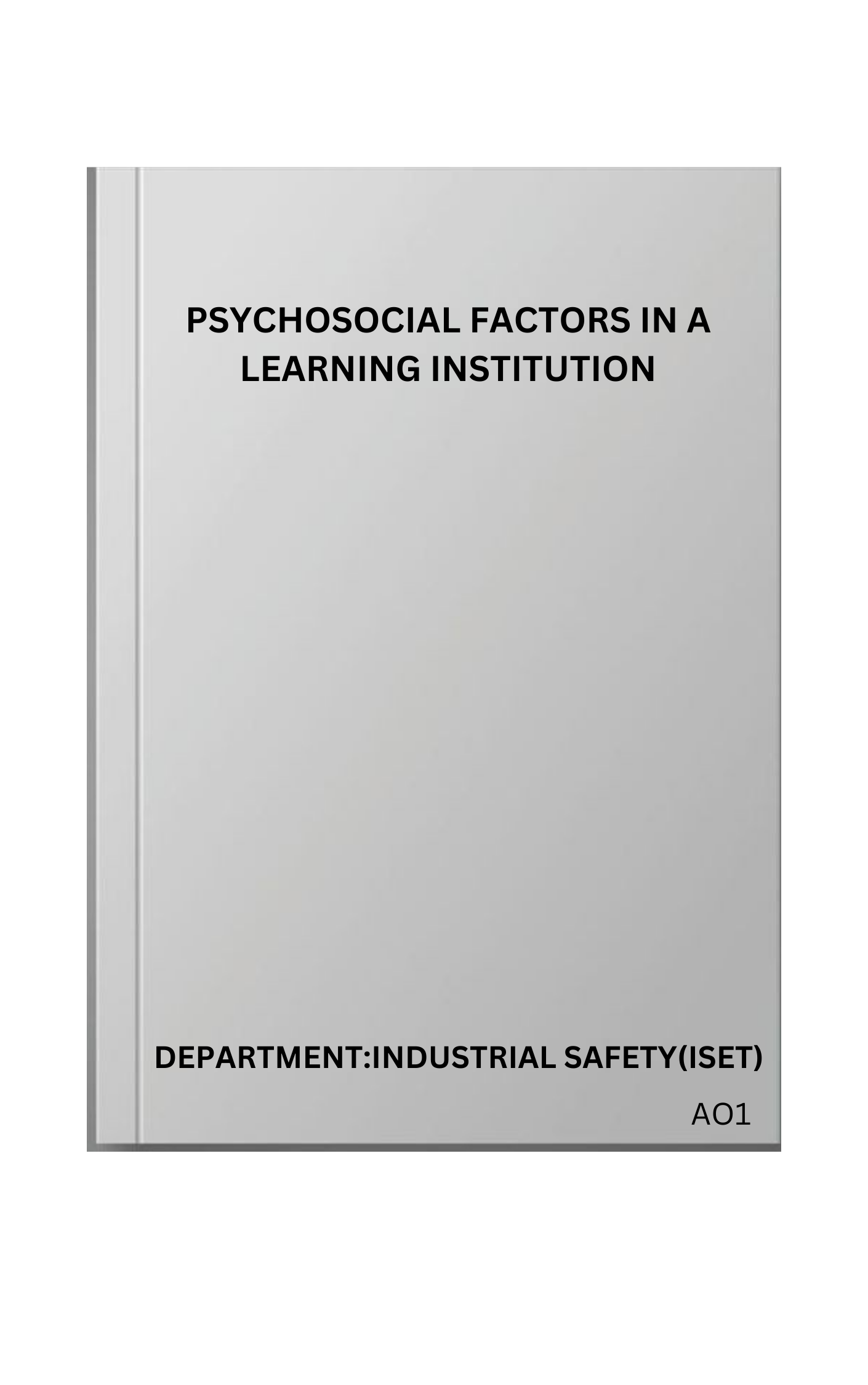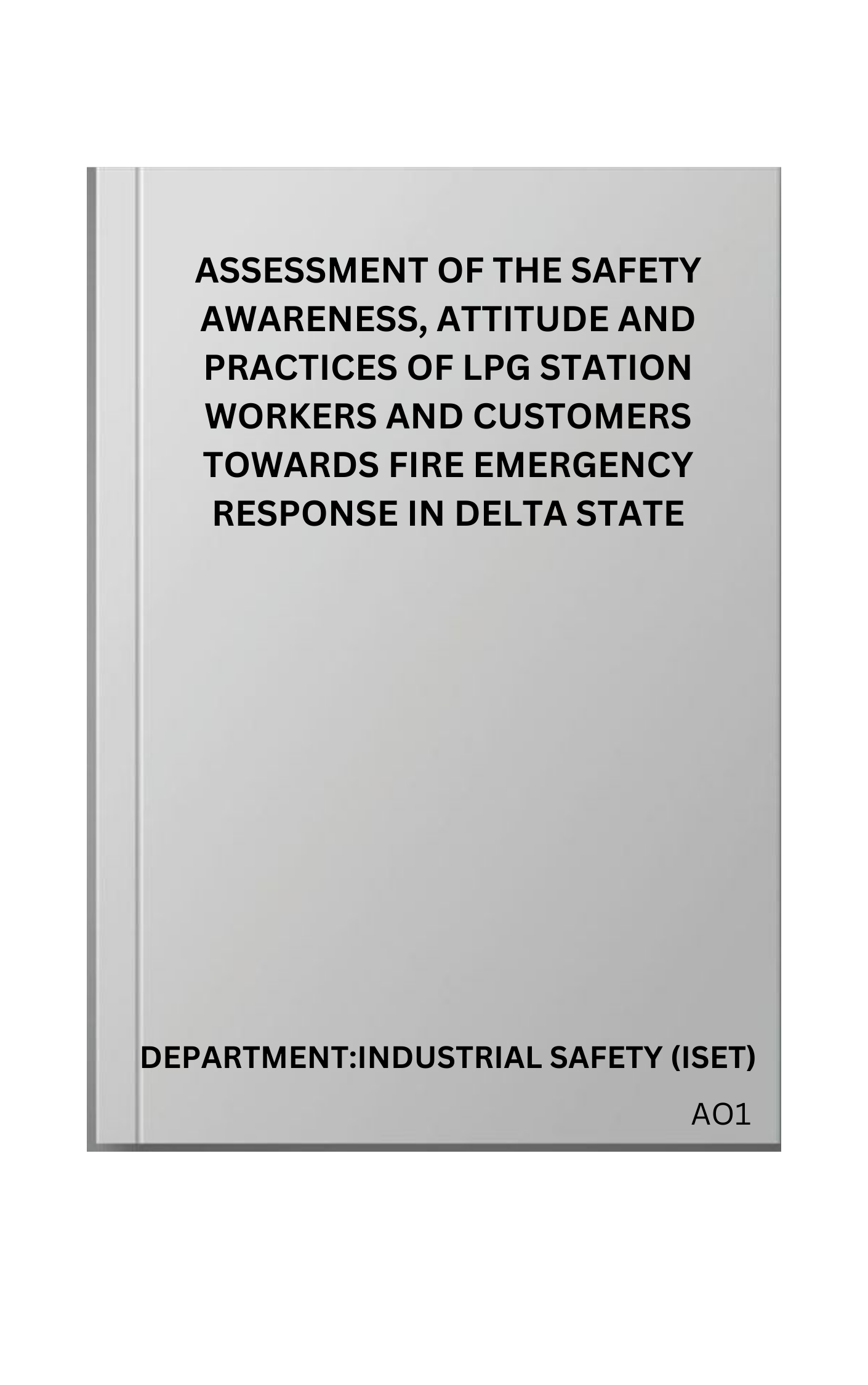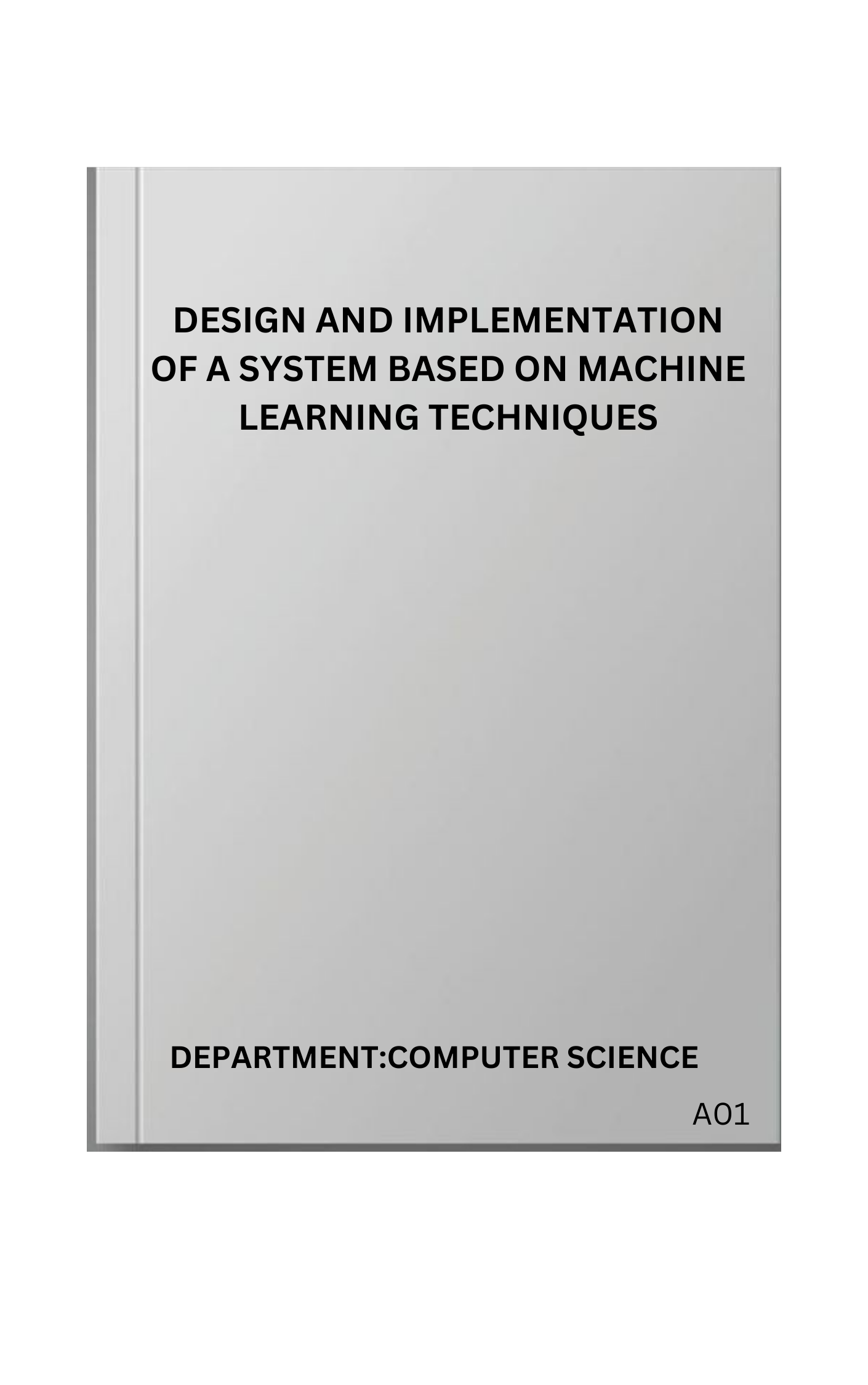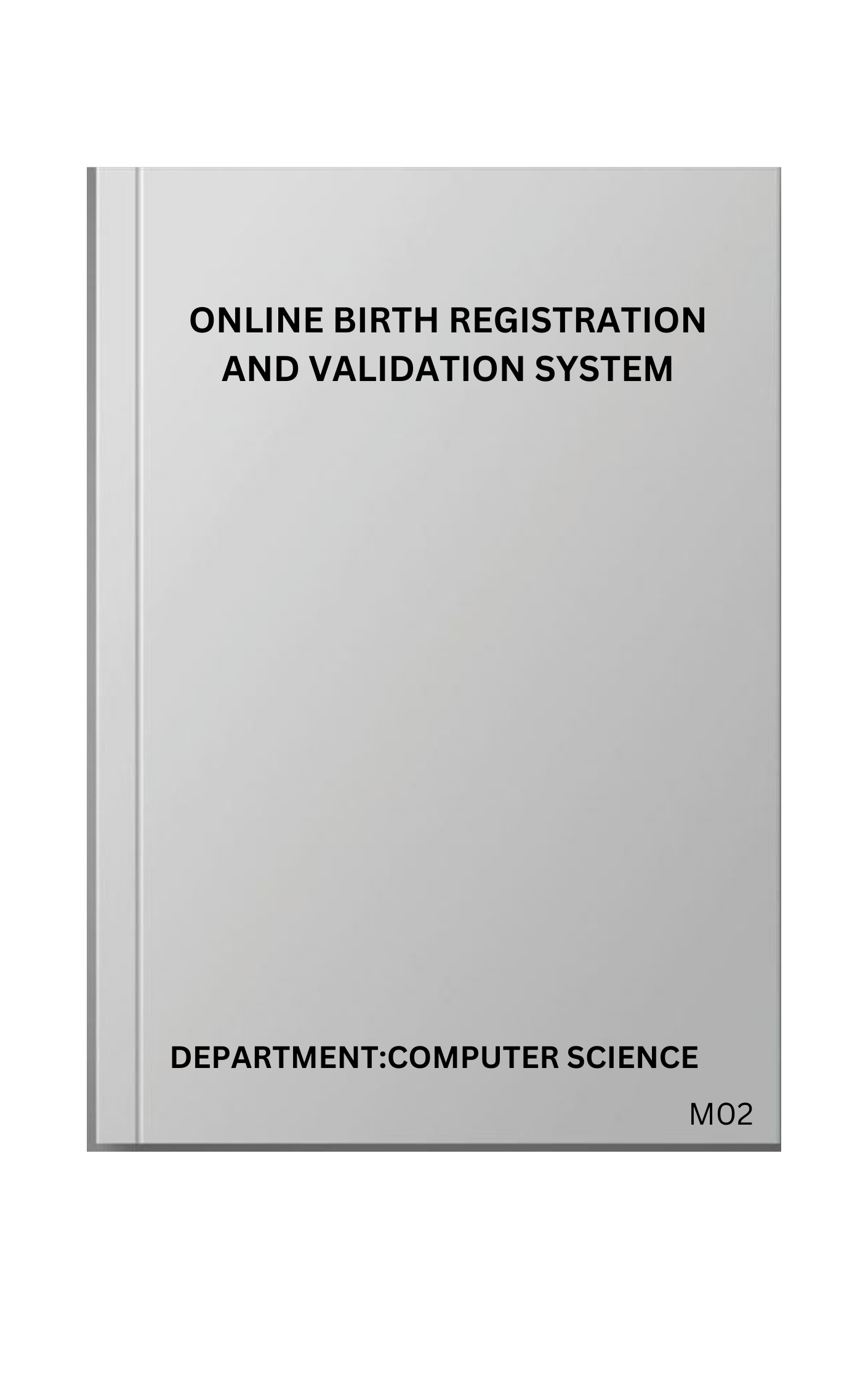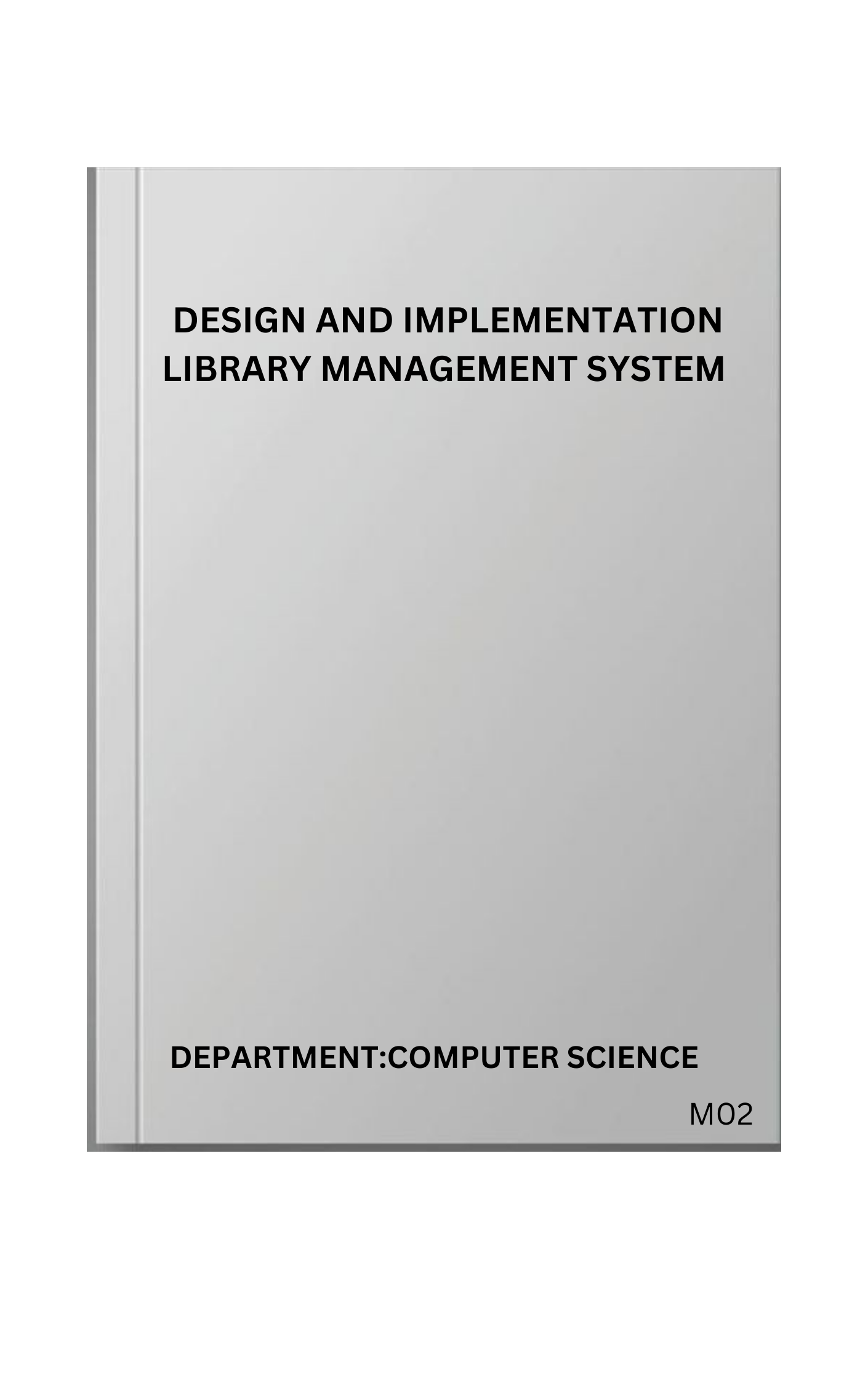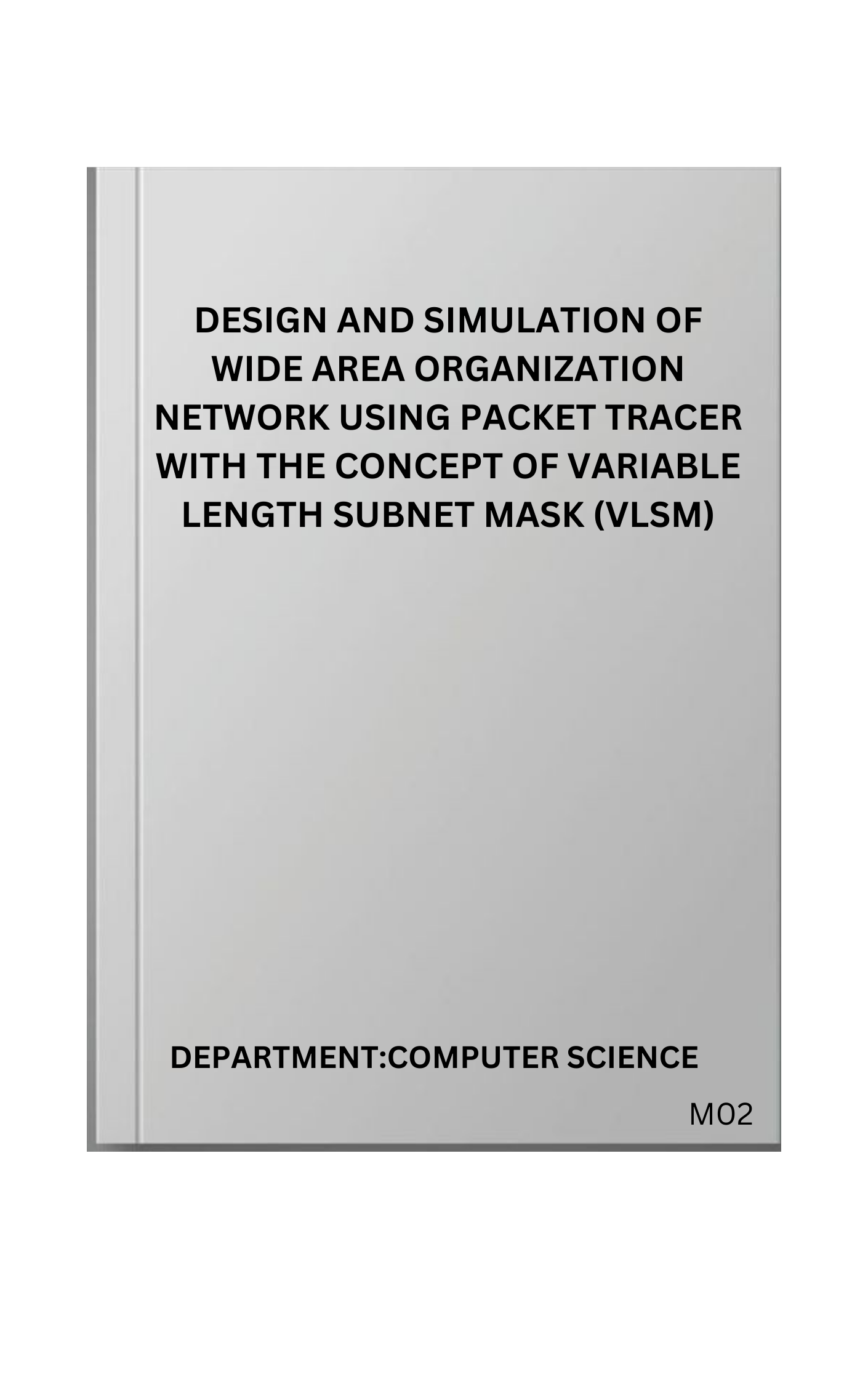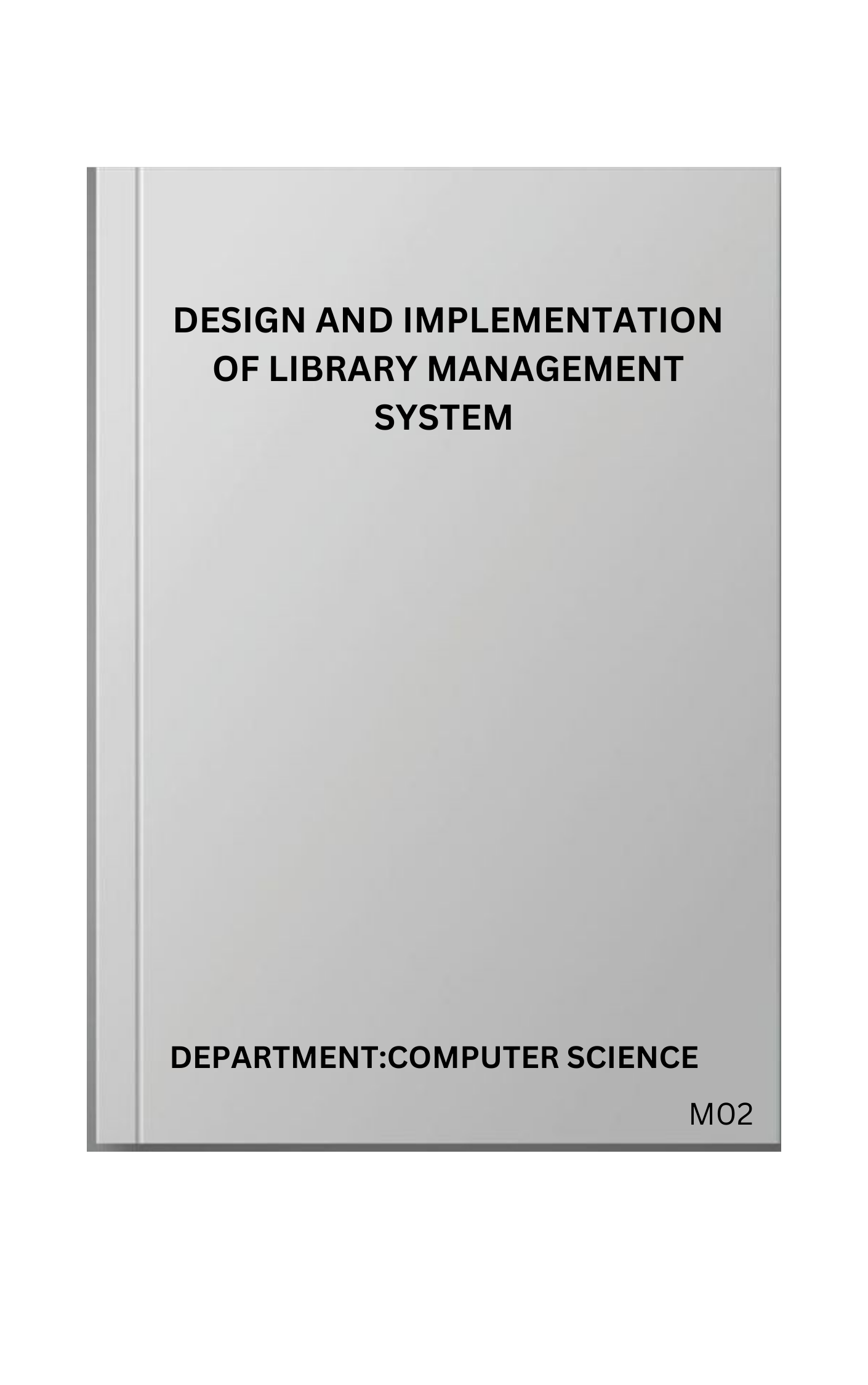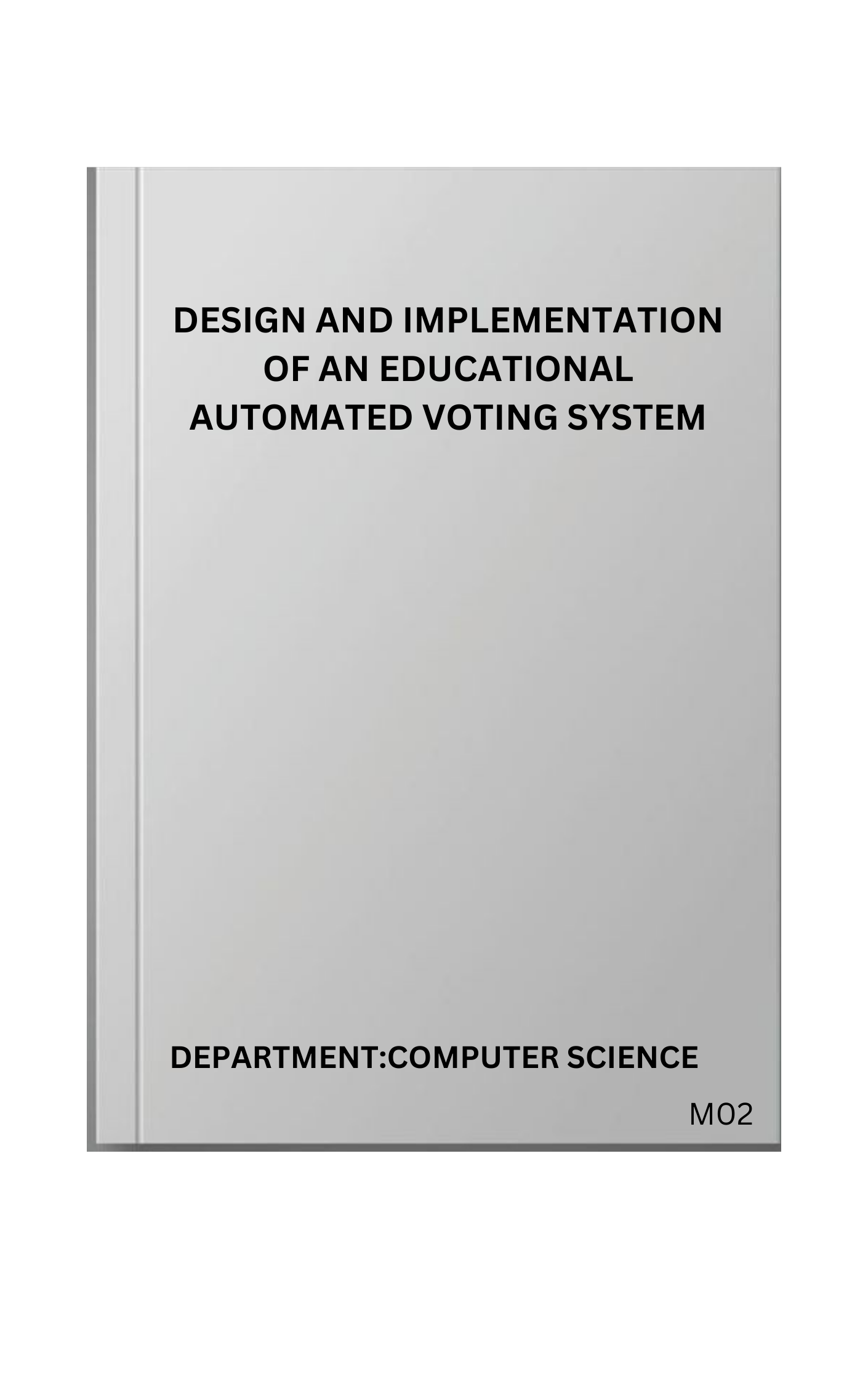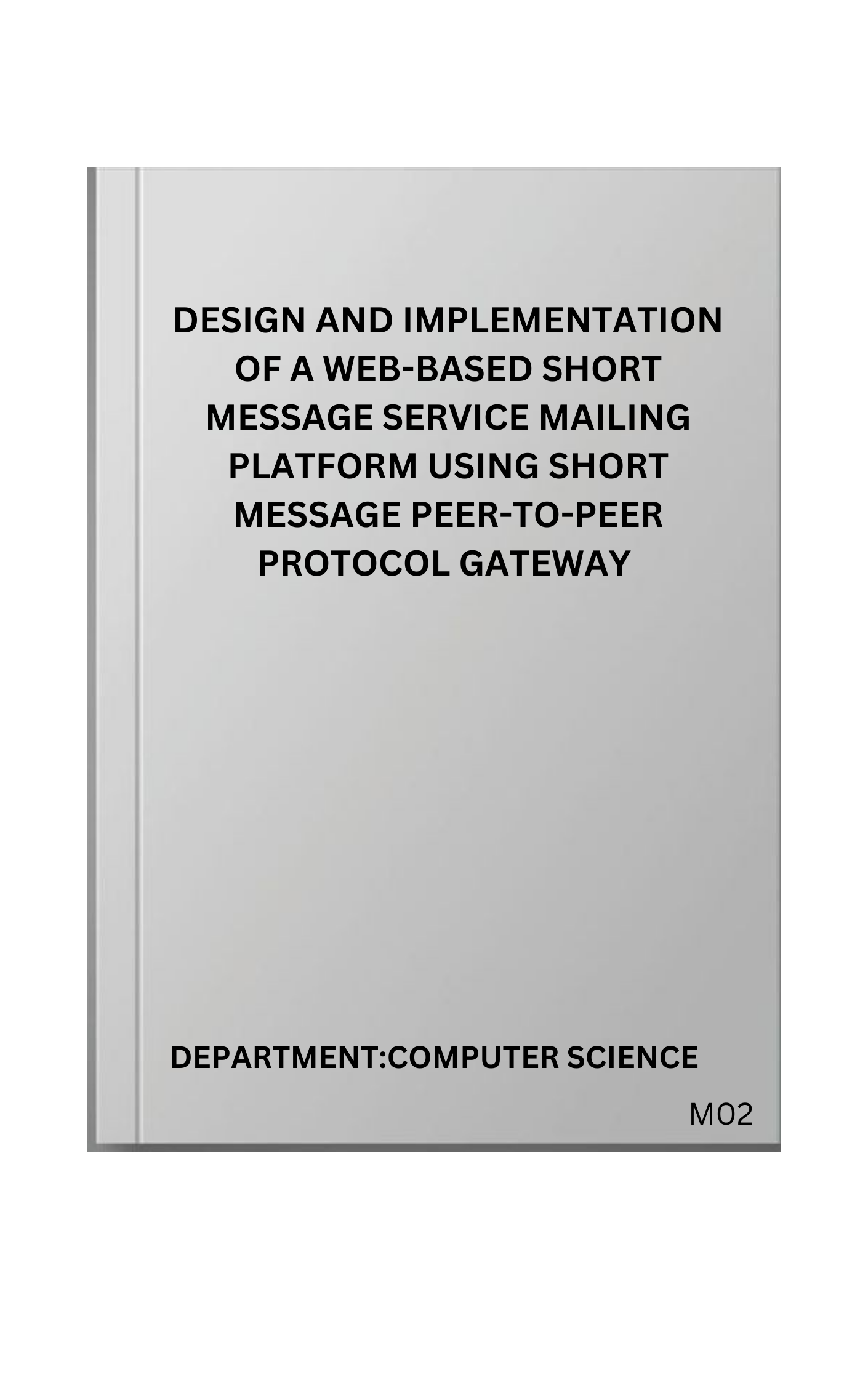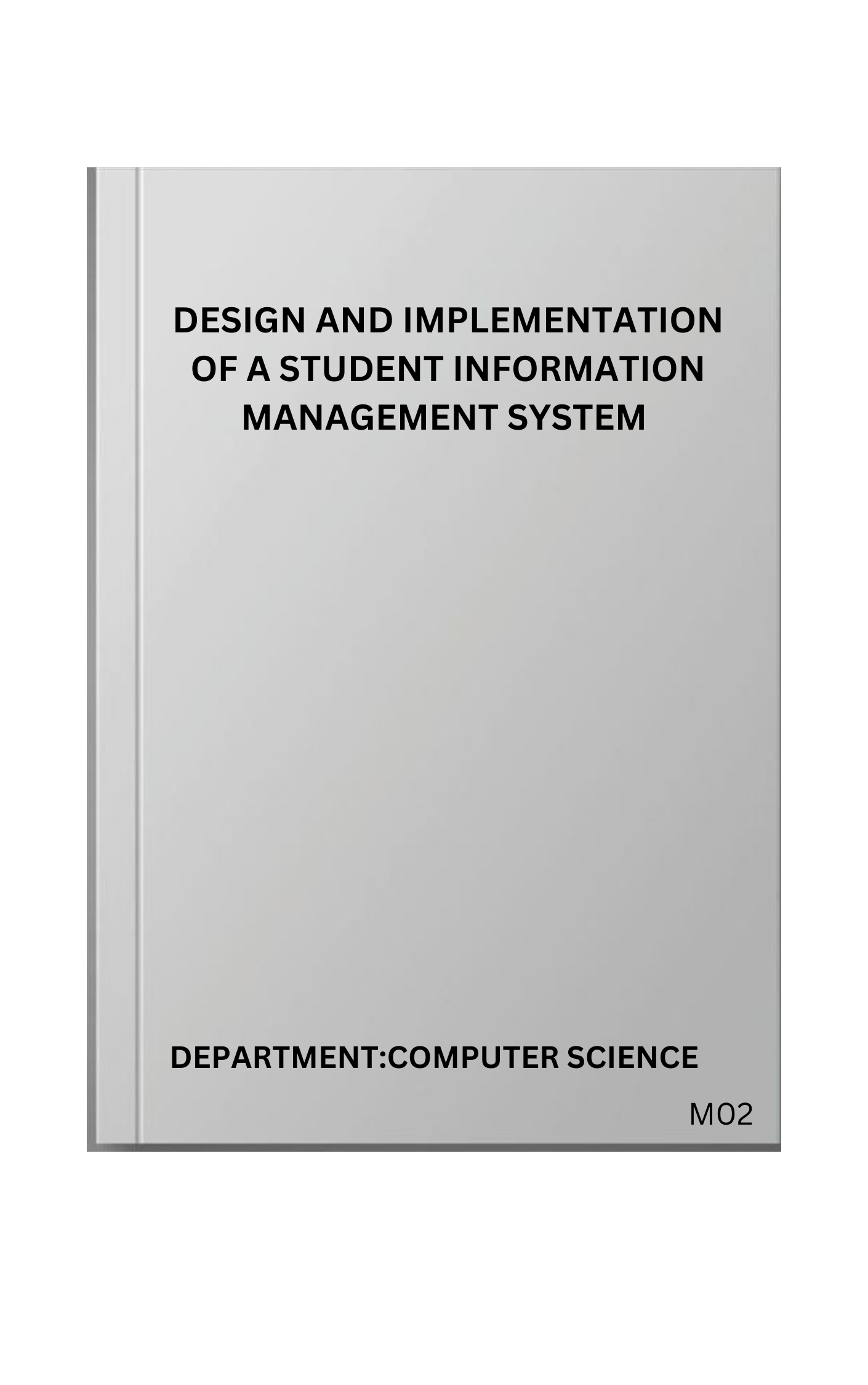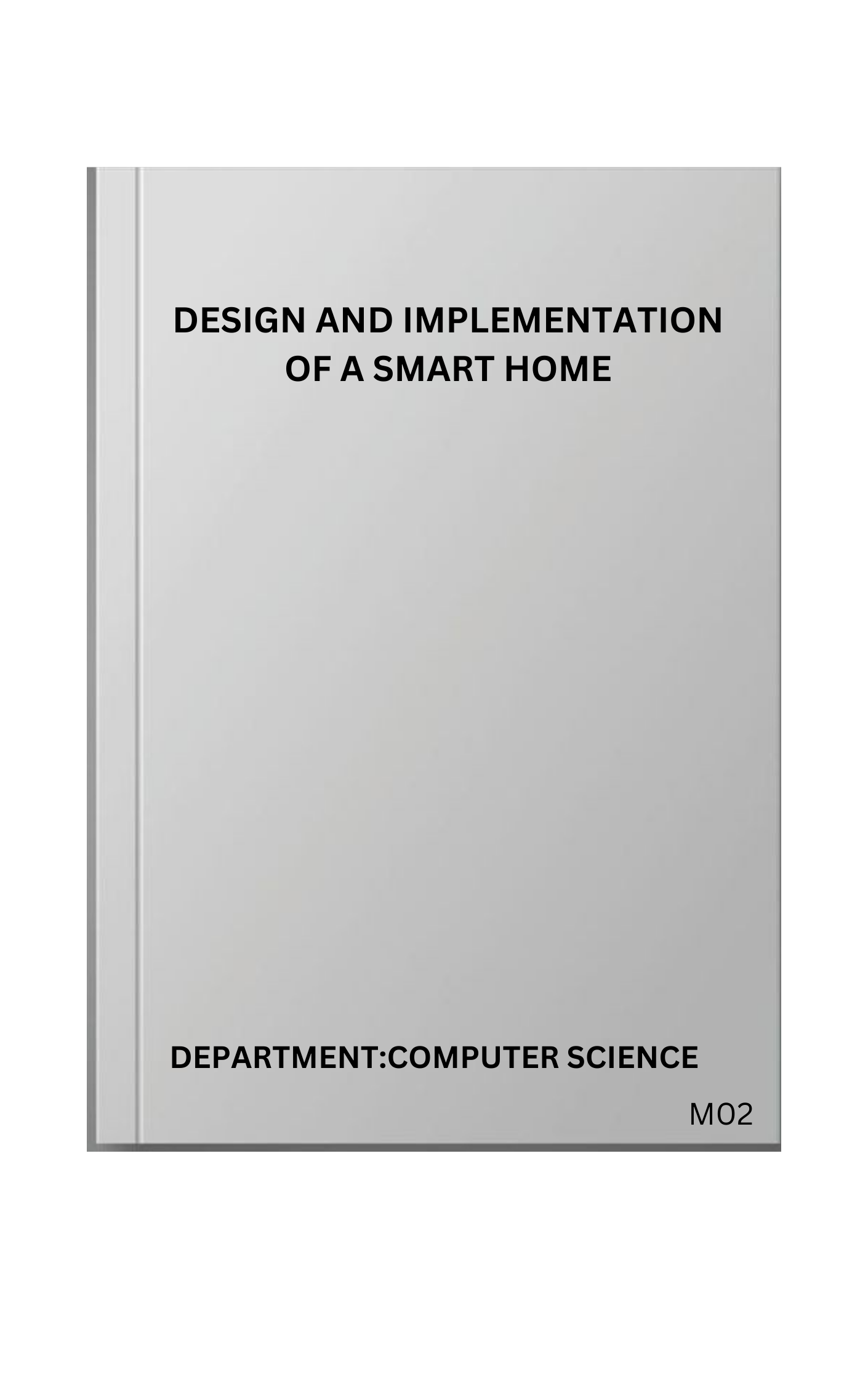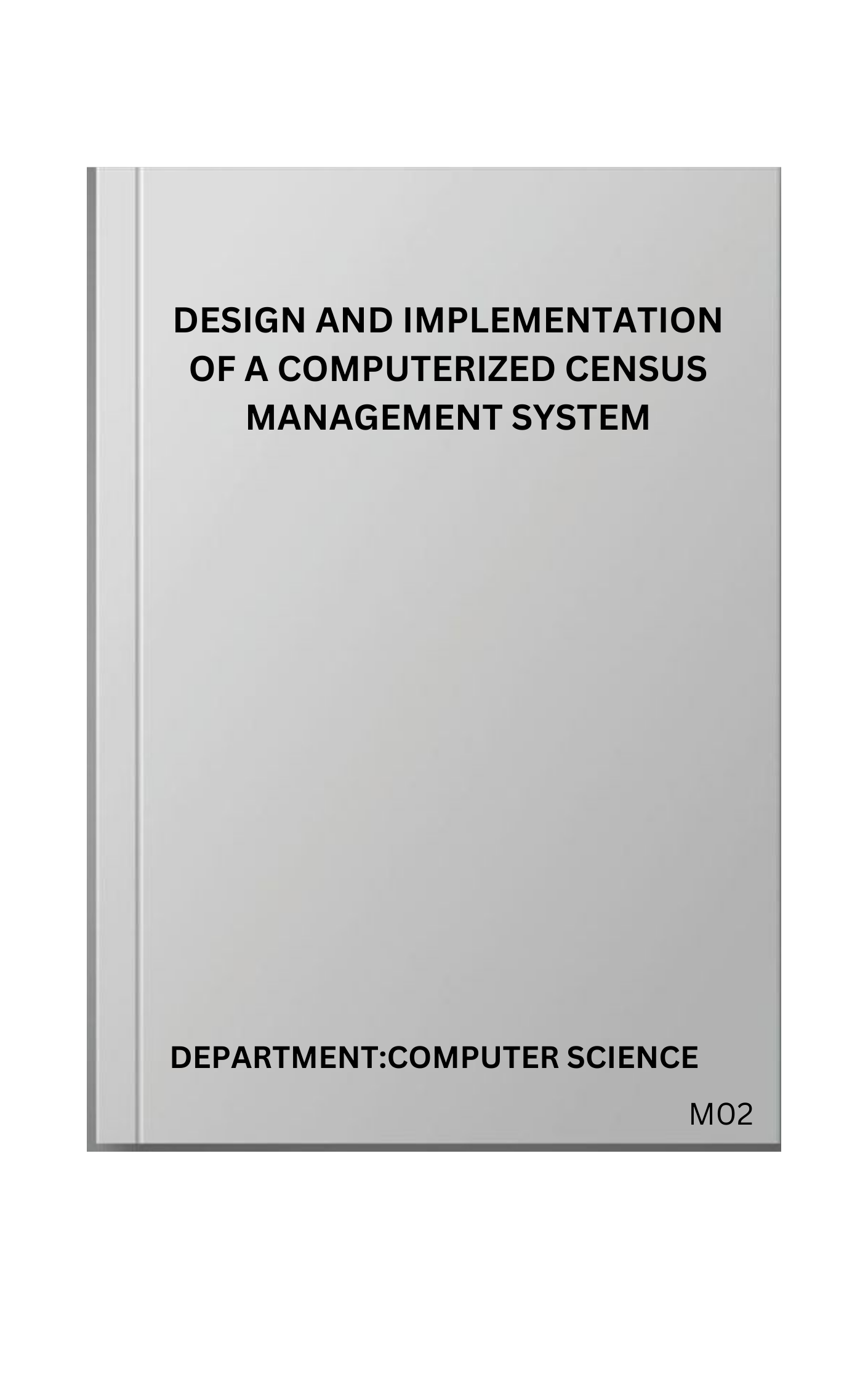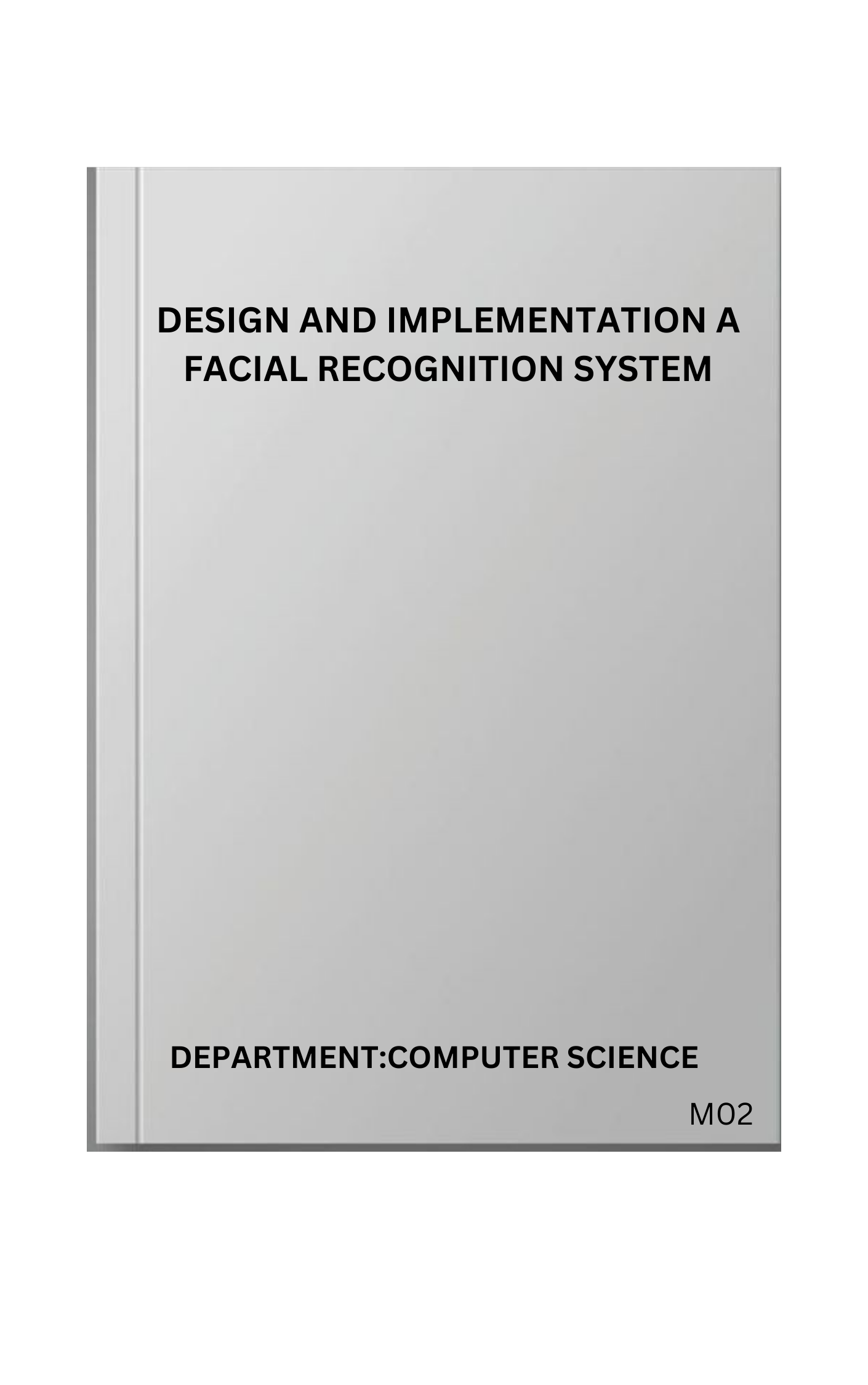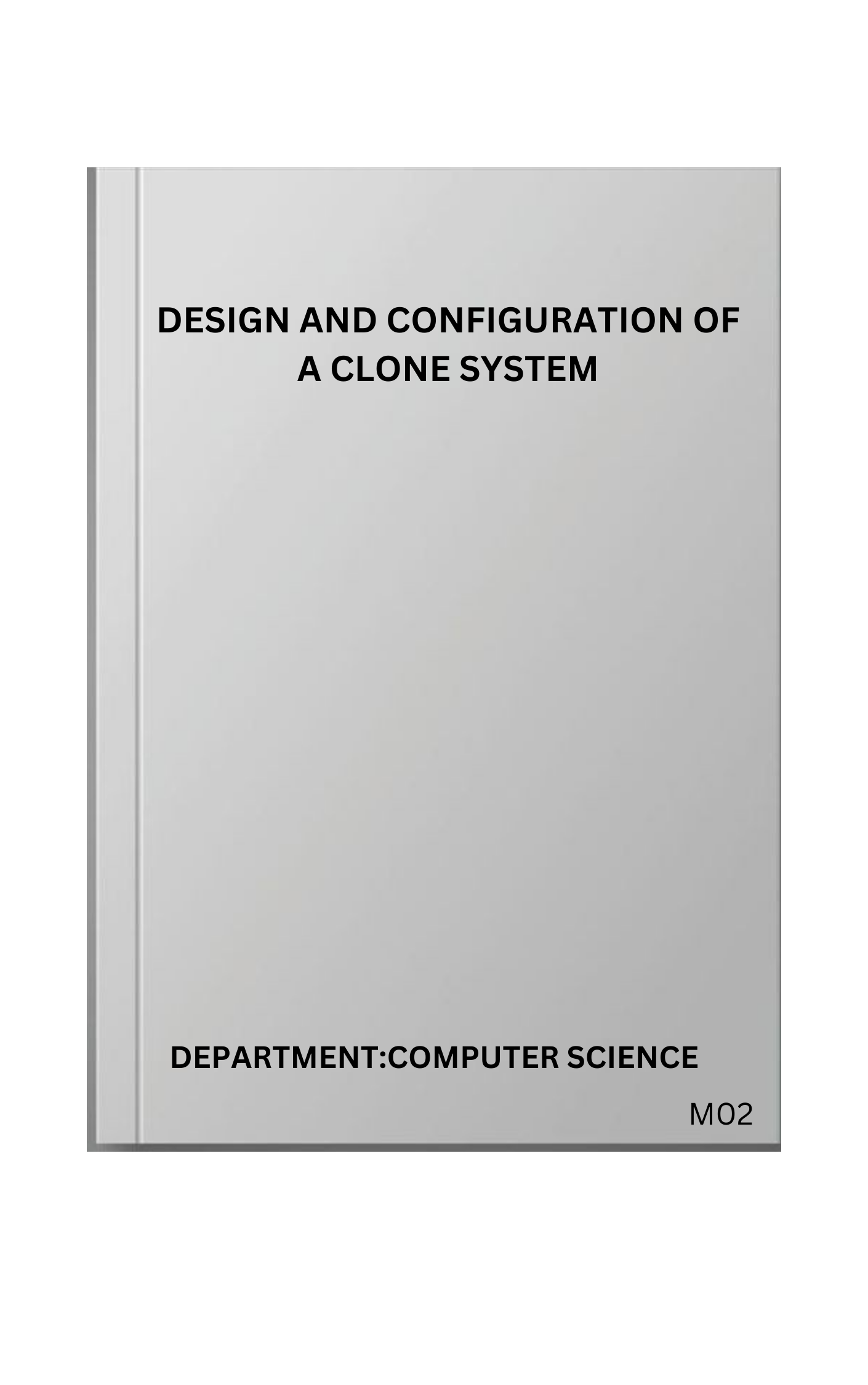CHAPTER ONE
INTRODUCTION
1.1 Background of the study
Human existence is highly reliant on the agricultural sector because of its role in production of food (Vilde, 2018). The agricultural sector is a demanding area requiring diverse activities to not only raise production but also ensure dispersion of agricultural produce evenly. According Ramya et al. (2020) the inability of most farmers to connect with buyers have resulted in pre- and post- harvest losses. For most farmers, farming has overtime become difficult right from sowing the seeds to dispatching the grown crops.
In many developed nations, markets specializing in the marketing of agricultural products have emerged over the years, including fruit markets, vegetable markets, and livestock markets that helps farmers to connect with buyers and have become the primary focus of interaction between supply and demand forces (Mambile et al., 2019). Despite these, there are recorded cases of unhealthy trade practice, incurred expenses in transportation of produce amongst many others which farmers still face to date. These occurrences have birthed the implementation of information communication technologies. Hayfaa and Maiwan (2023) stated that its primary purpose is to however, help overcome the problem of diminishing agricultural production.
Aside this, information communication technology has now been implemented to benefit the farming community by fostering a direct relationship and communication between the farmers and customers (Ramya et al., 2020). Study reveals that this strategy has given agricultural businesses new opportunities for growth within a dynamic and competitive market and for locating new customers.
1.2 Statement of the Research Problem
Comparative analysis has shown that farmers require adequate means to manage their farms both effective and efficiently. Ramya et al. (2020) indicated that forming regulated market is essential to eliminate unhealthy trade practice, to reduce marketing expenses and to provide fair prices to buyers. Study have shown that the continuous presence of gap between farmers and buyers also limits market access, and restricts the potential for knowledge sharing and collaboration among traders. In Nigeria, there has been reported gaps between farmers and buyers. Integrating information technology in agricultural sector have proven to help in this regard (Ogunnaike and Oluwole, 2019).
While numerous web-based trading platforms exist, most are designed for general use and do not effectively cater to the specific needs of the agricultural sector, making it challenging for farmer to directly target buyers. Additionally, local farmers often struggle to gain visibility due to competition with larger suppliers, while buyers face difficulties in assessing the quality of produce due to inconsistent standards. Existing platforms also lack agriculture-specific features, such as seasonal availability and bulk purchasing options, which are crucial for farm produce transactions. Furthermore, communication barriers prevent direct negotiations, limiting trust-building and long-term buyer-seller relationships. By developing this proposed system, these gaps can be addressed, fostering a more efficient, tailored, and reliable connection between farmers and buyers in the agricultural market.
1.3 Aim and Objectives of the Study
The aim of this study is to design and implement a web-based system that will link farmers to Buyers.
The objectives of the study include;
i.Analyze the requirements and features necessary for an efficient online community system.
ii.Design a user-friendly and intuitive interface for the web-based system to link farmers and buyers.
iii.less expensive and open-ended trading system that links farmers and buyers.
PAY TO GET COMPLETE PROJECT

